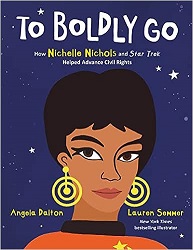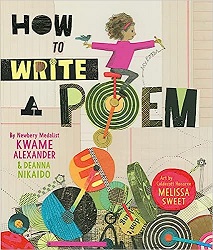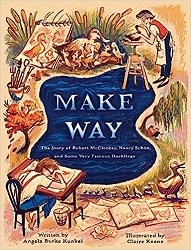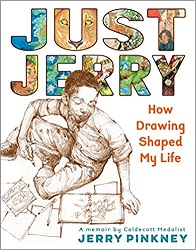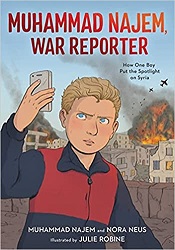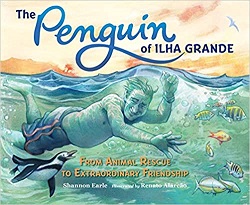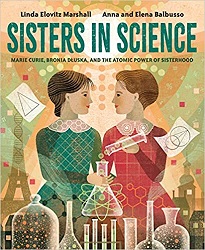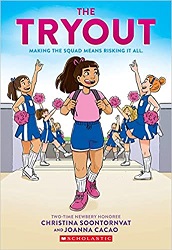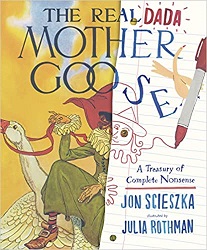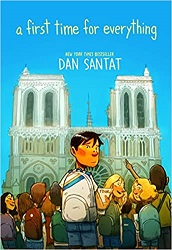Review of To Boldly Go, by Angela Dalton, illustrated by Lauren Semmer
How Nichelle Nichols and Star Trek Helped Advance Civil Rights
by Angela Dalton
illustrated by Lauren Semmer
Harper, 2023. 40 pages.
Review written March 14, 2023, from a library book.
Starred Review
This is a simple picture book biography of Nichelle Nichols, who played Lt. Uhura on the original Star Trek television series.
The book tells more about her life, including that she danced ballet when she was younger and faced racial discrimination. She also sang and toured with Duke Ellington when she was sixteen.
But the focus of this book is on the inspiration she brought to Black families by appearing on screen on equal footing with other crew members of the Starship Enterprise.
Nichelle Nichols did face discrimination in Hollywood when she worked on the show. They didn’t give her her fan mail and they cut many of her lines. She was ready to quit when she met an important fan — Dr. Martin Luther King, Jr. He encouraged her to keep on.
“You have opened a door that must not be allowed to close,” he said. “Don’t you see that you’re not just a role model for Black children? You’re important for people who don’t look like us. For the first time, the world sees us as we should be seen, as equals, as intelligent people.”
The book does rest heavily on that one incident, but it ends up being a story that children will readily understand. There’s a bonus in the back matter as we learn that Nichelle helped recruit minorities and women to NASA.
There was one thing that struck me as odd. In all the pictures from Star Trek, instead of the distinctive Star Trek vaguely A-shaped logo, the actors were wearing a star and crescent moon. At first, I thought the illustrator simply got it wrong, but now I suspect that maybe they were not able to get permission to use the logo.
angeladalton.com
laurensemmer.com
Find this review on Sonderbooks at: www.sonderbooks.com/Childrens_Nonfiction/to_boldly_go.html
Disclosure: I am an Amazon Affiliate, and will earn a small percentage if you order a book on Amazon after clicking through from my site.
Disclaimer: I am a professional librarian, but the views expressed are solely my own, and in no way represent the official views of my employer or of any committee or group of which I am part.
What did you think of this book?
